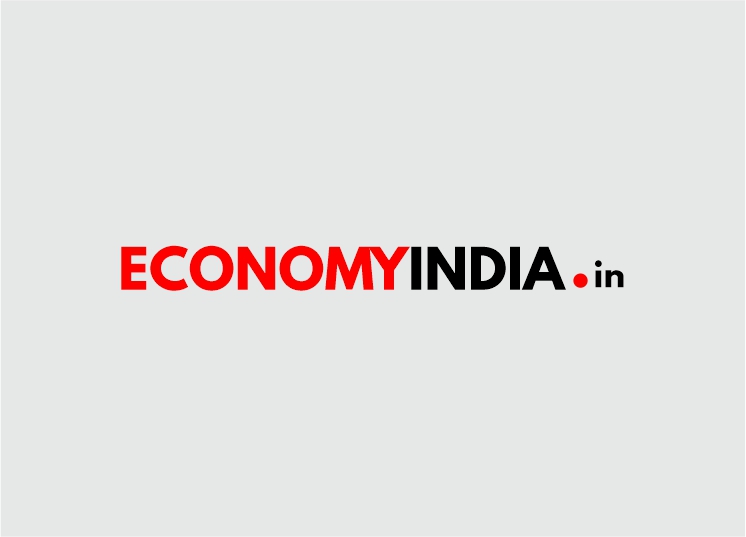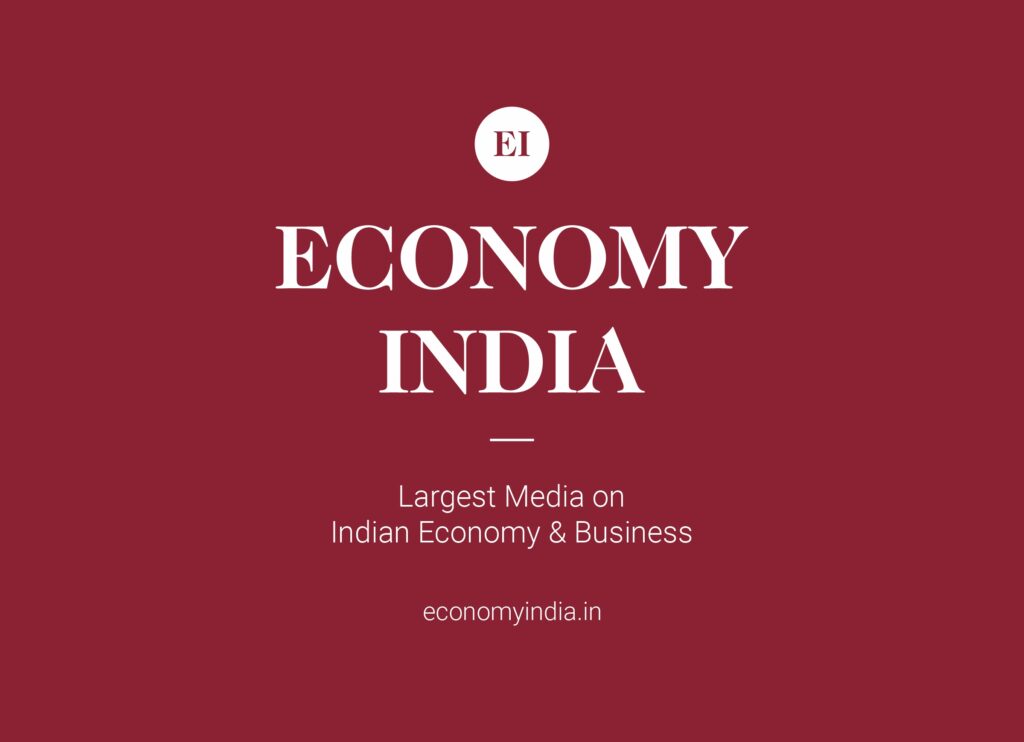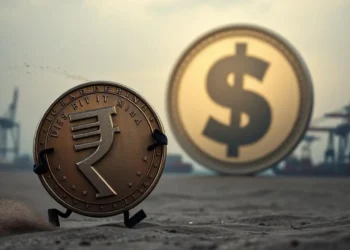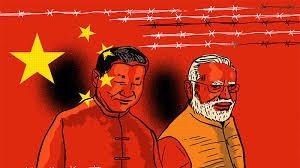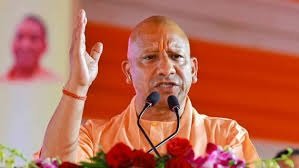Given the fact that MPC itself has been consistently flagging the weakness of aggregate demand, it is a little surprising that excess demand can also trigger inflation (Ramesh Pathania).
The Monetary Policy Committee (MPC) of the Reserve Bank of India (RBI) began its bimonthly meeting on October 6. One of the main debates within the MPC has been whether the inflationary spike is supply-side driven and transient, or more systemic and, therefore, long-term. RBI governor Shaktikanta Das has been leaning towards the former argument, while many independent economists have argued that the latter is more likely the case. Given the fact that MPC itself has been consistently flagging the weakness of aggregate demand, it is a little surprising that excess demand can also trigger inflation.
The Power and Coal Ministry
But this is exactly what seems to be happening in certain sectors. India’s coal-fuelled power plants, which account for more than half of India’s electricity production, are dangerously close to running out of coal stocks. Many factors, such as the recent rains flooding mines and power plants being complacent about adhering to inventory protocol, are to blame. Both the power and coal ministry are working to prevent disruption.
A key trigger for the crisis is the sudden jump in power demand in the past couple of months. Part of this has to be pent up demand as the economy comes back to normal with falling Covid-19 cases, rising vaccinations and hopes of a good festive season.
Blue Collar Worker and Informal Sector
There is a lesson to be learnt. India is a very large and diverse economy. This means that it is possible to have seemingly disparate, even contradictory problems, in the economy. The blue collar worker and informal sector entrepreneur are likely to continue to face a crisis of income and demand. The white collar worker and his formal sector peers in businesses are perhaps facing a supply crunch on account of international value chains for commodities such as microchips being clogged.
For instance, luxury car-makers are struggling to meet orders. Then there are sectors such as thermal power plants, where pessimism of the first and second wave of Covid-19 seems to have sown the seeds for botched up supply-side management at the moment. Each of these problems is unique, deserves attention and can cause significant damage if allowed to go out of control.
And it will take more than technocratic wisdom to solve this. Policymaking has to seek truth from the facts, not just one narrative or the other. There is recovery, there is crisis, there is a supply-side issue and there is demand crunch. And all these coexist in today’s India.
(Economy India)


